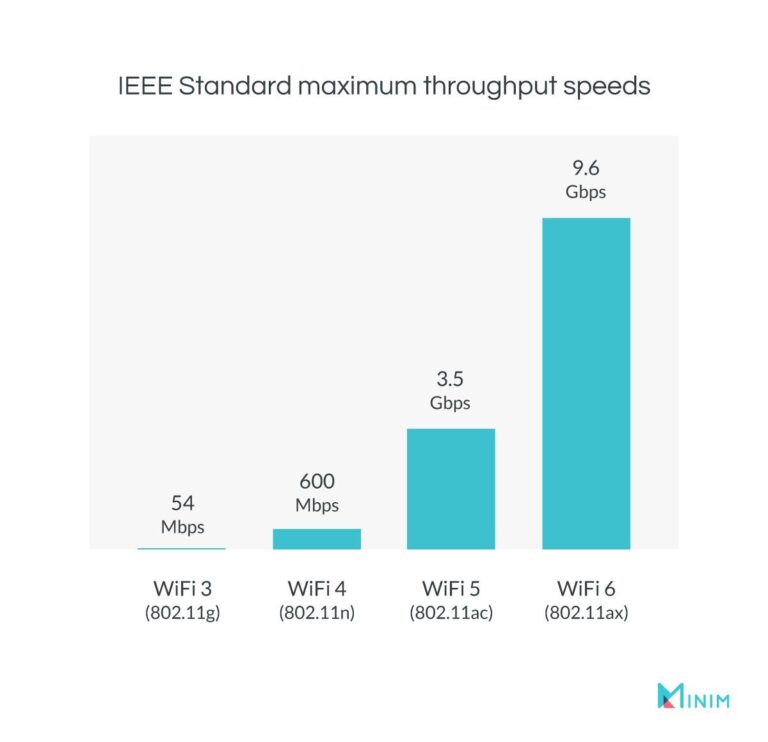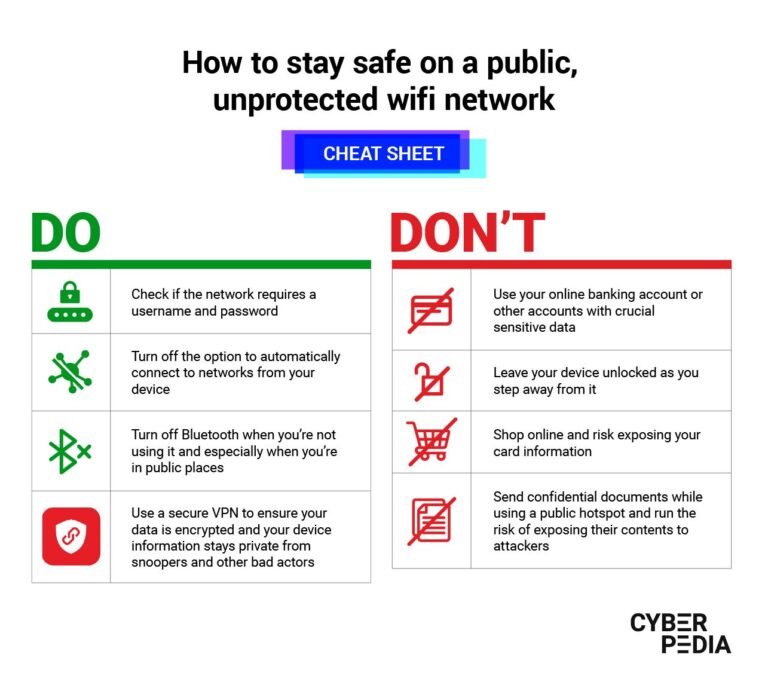What Types Of Threats There May Be To Personal Data?
Personal data is any information that relates to an identifiable individual and can be used to distinguish or trace a person’s identity. With the ever-increasing use of the internet and digital technology, personal data is becoming more easily available and accessible than ever before. As a result, there is a wide range of potential threats to personal data, ranging from identity theft to malicious malware. These threats can come from a variety of sources, including hackers, malicious insiders, and even governments. Examples of potential threats to personal data include phishing, ransomware, data breaches, and spyware. In order to protect personal data, it is important to be aware of these threats and take steps to reduce the risk of data loss and misuse.
Definition of Personal Data
Personal data is any information related to an identified or identifiable natural person, also known as a data subject. This includes information such as name, address, email address, date of birth, as well as biometric data, like fingerprints, eye scans, or facial recognition. Personal data is often referred to as Personally Identifiable Information (PII) and is typically used for identification and authentication purposes. It is important to protect personal data as it can be used for malicious purposes, such as identity theft, or for targeted advertising. It is important to understand the various types of threats that exist to personal data, so that individuals can protect themselves from becoming victims of these threats.
Examples of Potential Threats to Personal Data
Our personal data is vulnerable to a variety of threats, and it is important to understand what these threats are and how to protect ourselves. From identity theft to data breaches, there are numerous types of threats that can put our personal data at risk. Here is a guide to some of the most common types of threats to personal data.
Phishing is a type of cyber attack in which malicious actors attempt to gain access to sensitive personal information, such as passwords and credit card numbers, by sending emails that appear to be from a legitimate source. These emails often contain links to malicious websites or attachments that can install malware on the victim’s device.
Another type of threat to personal data is data breaches. Data breaches occur when hackers gain access to a company’s databases, resulting in the theft of sensitive information. These breaches can be particularly damaging, as they can lead to the exposure of passwords, Social Security numbers, and other confidential information.
Malware is another type of threat that can put our personal data at risk. Malware is malicious software that is designed to infiltrate a system and steal or damage data. Malware can be installed on a computer without the user’s knowledge, allowing hackers to gain access to sensitive information.
Finally, there is the threat of identity theft. Identity theft is a type of fraud in which criminals use stolen personal information to commit financial crimes. Victims of identity theft can experience a variety of problems, such as fraudulent charges on their accounts and damage to their credit scores.
These are just a few examples of potential threats to our personal data. It is important to be aware of these threats and to take steps to protect our data. This includes using strong passwords, avoiding suspicious emails, and regularly monitoring credit reports. By taking these precautions, we can help to protect our personal data from potential threats.
Methods of Preventing Data Breaches
Data breaches are a serious threat to personal data, but luckily, there are some methods of preventing these breaches. One way to protect yourself is to use strong passwords and never reuse them. Additionally, it is important to keep your software up to date to ensure that the latest security patches are applied. Another great way to protect yourself from data breaches is to use two-factor authentication (2FA). 2FA requires that the user provides both a password and a code sent to their phone or email to access the account. Furthermore, using a Virtual Private Network (VPN) is also a great way to add an extra layer of security to your data. Lastly, it is important to be mindful of phishing emails and other malicious links. If you suspect something is fishy, it is best to delete or ignore the email. By following these simple steps, you can protect yourself from data breaches and other threats to your personal data.
Impact of Data Breaches on Individuals
& Businesses
Data breaches are a major threat to personal data, and they can have a significant impact on individuals and businesses. When a breach occurs, personal information, such as banking details, social security numbers, and credit card numbers, may be exposed. This can put individuals at risk of identity theft, fraud, and other malicious activities. Businesses may also suffer financially from data breaches, as they may have to pay hefty fines and lose customer loyalty. In addition, they may be required to hire additional staff to investigate and address the breach, and they may be held liable for any losses incurred by the affected individuals. As a result, it is important for both individuals and businesses to take steps to protect their data from breaches. This includes implementing strong security measures, such as encryption, using secure passwords, and ensuring that all data is stored in a secure location. Additionally, it is wise to keep up to date with the latest security technologies and best practices to help minimize the risk of data breaches.
Technological Solutions to Data Protection
The rise of technology has posed a wide array of threats to personal data, from hackers to data breaches to malware and other malicious activities. To protect personal data from these threats, organizations and individuals must take the necessary steps to ensure their data is secure. This includes employing technological solutions such as encryption, data masking, and two-factor authentication.
Encryption is a key tool for protecting data. It scrambles the data to make it unreadable by anyone without the appropriate decryption key. This makes it difficult for hackers to gain access to the data. Data masking is a process that replaces sensitive data with placeholder characters, making it impossible to access the original information. Two-factor authentication requires users to provide two pieces of identification before they can access a system, such as a password and a unique code sent to a mobile device.
Organizations should also make use of firewalls, antivirus software, and intrusion detection systems to protect their data from malicious attacks. Firewalls can keep unwanted traffic from entering a network, and antivirus software can detect and remove malicious software. Intrusion detection systems monitor network activity and alert administrators when suspicious activities are detected.
These are just a few of the technological solutions available to protect personal data. By implementing these solutions, organizations and individuals can keep their data secure and reduce the risk of data breaches and other malicious activities.
Conclusion
Personal data are essential assets that are vulnerable to various threats. Data theft, data loss, data manipulation, and data privacy breaches are all potential risks that can cause significant harm to individuals, businesses, and organizations. It is essential to understand the types of threats that are out there and to take the necessary steps to protect yourself from them. This involves having strong security protocols in place, as well as regularly monitoring your devices for any signs of malicious activity. Additionally, it is important to stay informed about the latest data protection trends and to be aware of the different tactics that hackers and cybercriminals use to target personal data. By taking the necessary precautions and staying informed, you can protect your personal data from the various threats that exist.
FAQs About the What Types Of Threats There May Be To Personal Data?
1. What are the most common types of threats to personal data?
A: The most common types of threats to personal data include malicious software (such as viruses, spyware, and Trojans), hacking, phishing, and unauthorized access.
2. How can I protect my data from these threats?
A: The best way to protect your data from these threats is to keep your operating system and software up to date, use strong passwords, and avoid clicking on suspicious links or downloading unknown files. It is also important to keep your personal information secure by not sharing it online or with anyone you don’t know.
3. Are there any other threats to personal data that I should be aware of?
A: Yes, there are other types of threats to personal data that you should be aware of, such as identity theft, data breaches, and social engineering attacks. It is important to remain vigilant and take steps to protect your data, such as regularly monitoring your accounts for suspicious activity and using two-factor authentication whenever possible.
Conclusion
In conclusion, there are a variety of potential threats to personal data that individuals should be aware of. These threats can range from physical theft to cybercrime, and can take the form of malicious software, identity theft, data breaches, and phishing attacks. While there are measures that individuals can take to protect their data, it is important to stay aware of the potential threats and take steps to protect personal data as much as possible.



